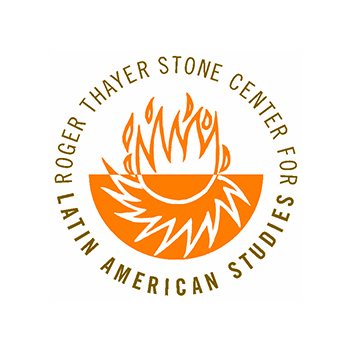
My work considers site, space, and the politics of embodiment in modern and contemporary art, with a focus on twentieth-century Brazil and the contemporary United States. My first book project, Spatial Orders, Social Forms, analyzes the aesthetics of space in projects by Brazilian artists, architects, city planners, and politicians from the 1930s through 1960s. This book touches on key moments in the art and architectural history of Brazil, including the Ministry of Education building in Rio de Janeiro, the founding of new modern art museums in Brazilian cities of the 1940s and 1950s, and theories of the Concrete/Neoconcrete, but situates relevant works of art and architecture in a broader history of urban space, and poses questions about the phenomenology of collectivity. Moving beyond any single medium or movement, I examine architecture, exhibition design, painting, sculpture, performances, and environments as part of a broader intellectual history regarding the spatialization of social inequality in mid-20th-century Brazil.
Building on archival research in Brazil and beyond, my new book project, “Organic Architectures,” looks at the global return of site in late modernist architecture. Organic architecture was a 20th-century design theory encompassing ecological sensitivity, human scale, and anti-authoritarian politics, an architecture sensitive to place. As an art historian coming from a background in the history of photography and image theory, my own interest in this topic is less about particular building techniques or architectonic styles, than in the ways the theory was posed and reshaped by the global circulation of architectural images—particularly photographs—in books, journals and exhibitions.
The book also takes up the political implications of organic architecture. The very term organic architecture originated with U.S. architect Frank Lloyd Wright, linked to an idealized vision of U.S. individual freedom. But organic architecture later found new life among architects and critics—primarily those in world regions outside the Euro-American axis—who rejected the top-down approach of functionalist modernism and sought a more egalitarian approach to architecture. Key figures include Bruno Zevi, Lina Bo Bardi, Hassan Fathy, and Kenzo Tange.
This reformulation of organic architecture necessitated a new image world. The high modernist architecture and urban planning of interwar Europe had assumed a tabula rasa on which to construct a new world, and thus used montaged photographs to place building designs in an imagined city space. But late modernist architects sought new visual means to depict architecture, as attentive to regional forms, vernacular techniques, and the built environment’s relationship to land and place.
Another ongoing strand of my research concerns social practice and political engagement in contemporary art. I am particularly interested in the forms of critique, and the new social roles adopted by contemporary artists. I have investigated the financial and institutional structures provide the formal logic for works by contemporary U.S.-based artists such as Tania Bruguera and Theaster Gates, and the performative qualities of their status as artists.
My background in contemporary art administration (as an archive assistant and registrar at a prominent New York gallery) has strongly influenced my teaching and professional activities. I teach courses on current trends in contemporary art in which students gain firsthand experience of the institutional structures of the art world, through engagement with organizations such as the Prospect contemporary art triennial (Social Practice) and the New Orleans Museum of Art (History of Photography). My courses argue for the global interconnectedness of modern and contemporary artists. In Global Surrealism, for example, we trace the influence of Mexican Surrealists’ political tracts among artist groups in Egypt, as well as the importance of Afro-Caribbean Surrealism for WWII-era artist exiles. I am a core faculty member of the Stone Center for Latin American Studies, and I work closely with Tulane’s Latin American Library to include rare special collections materials in my courses. I am also a faculty mentor for the 2018-2020 cohort of Tulane’s Mellon Graduate Certificate Program in Community-Engaged Scholarship.